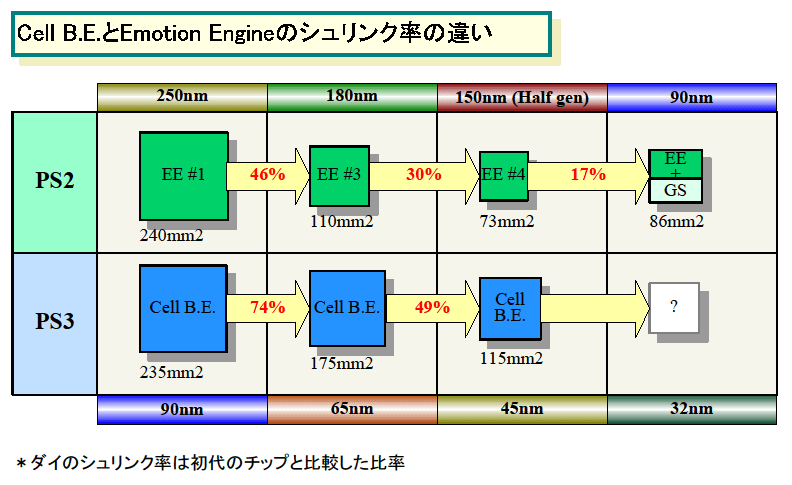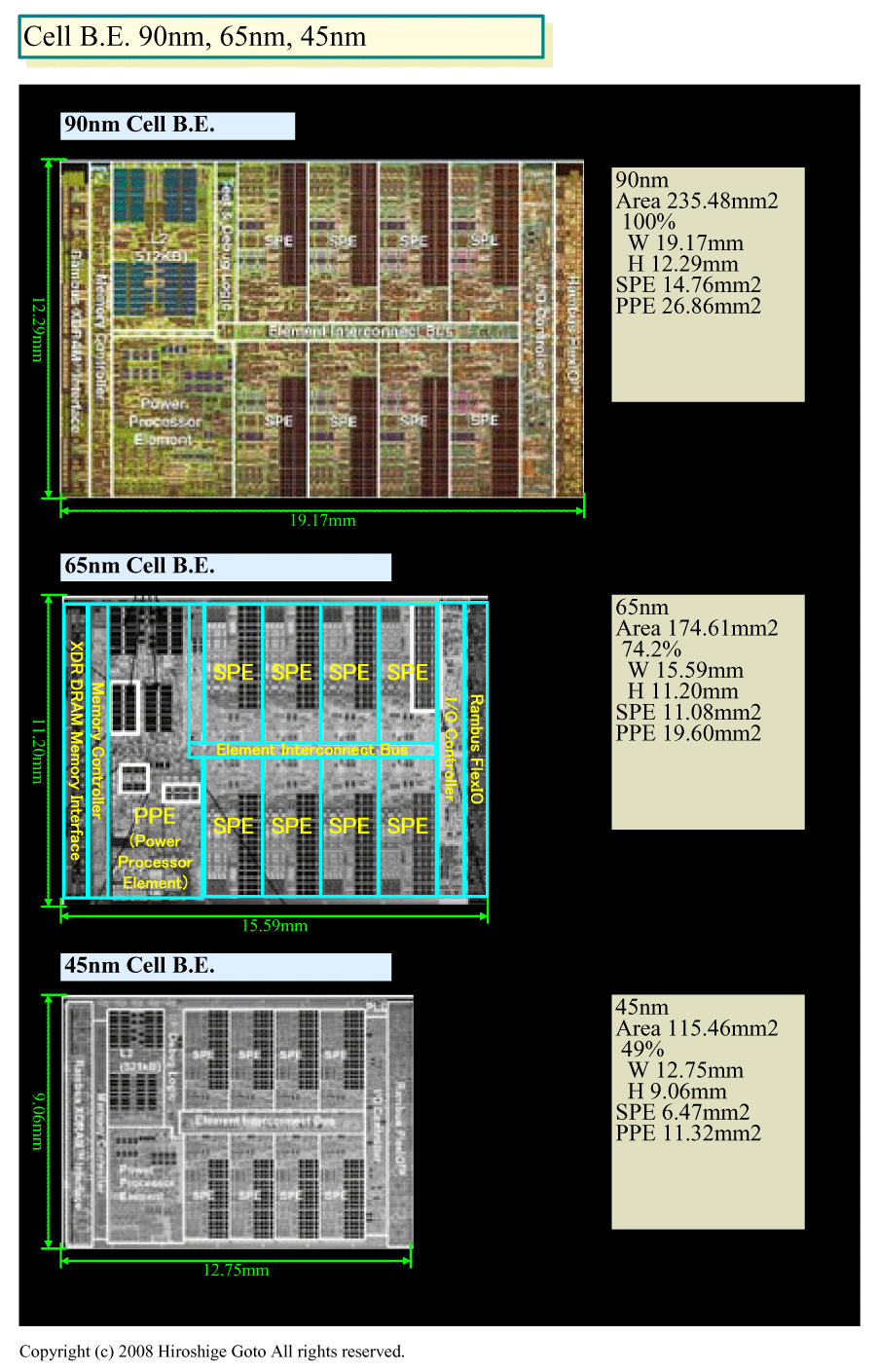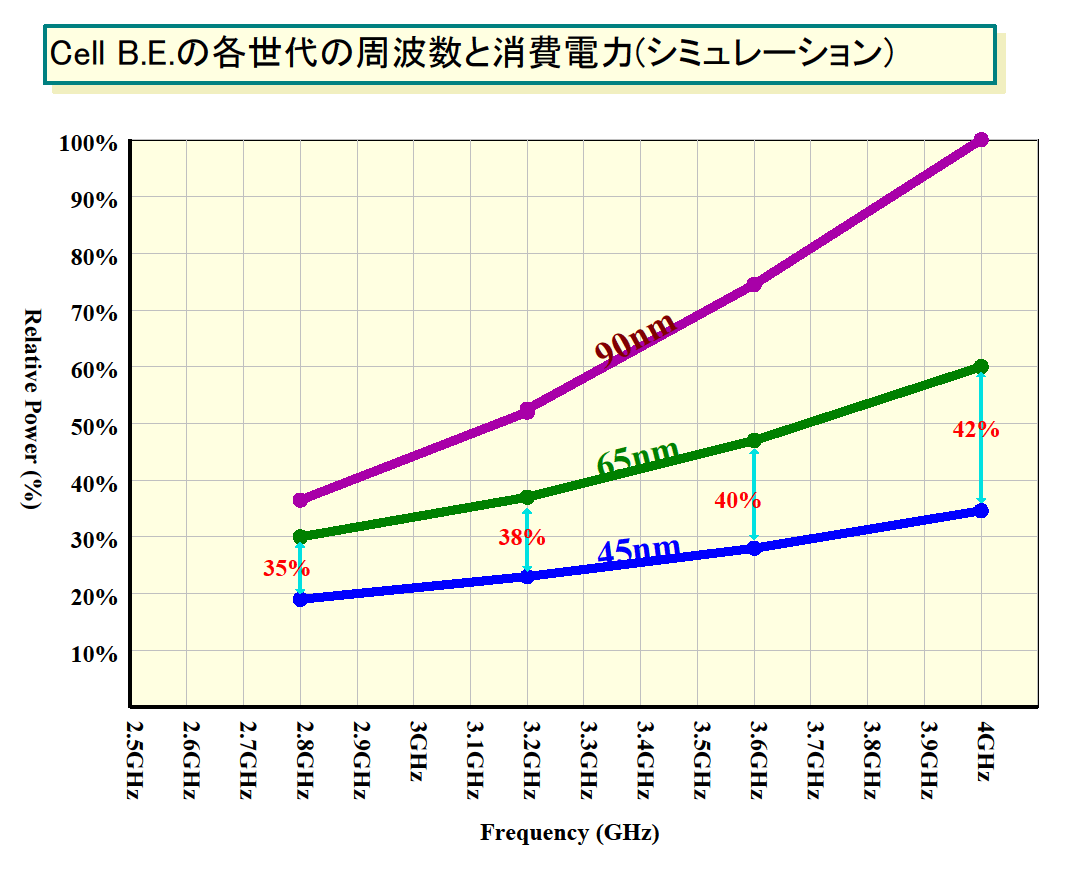One route for Sony would be to reduce the emphasis on SPEs. Produce a CELL chip with 8 SPEs, but stick 4 good solid OOOe cores in there instead of the PPU. The SPEs are small dense cores, so wouldn't add too much deadweight, - and they might even be useful for a whole bunch of tasks that would be hard for a CUDA (or similar) enabled GPU.
Backwards compatibility and instant developer friendly hardware.
Cheers
Backwards compatibility and instant developer friendly hardware.
Cheers



